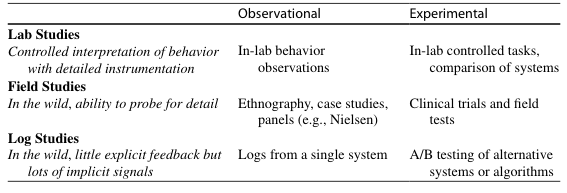Recent work has revealed several new and significant aspects of the dynamics of theory change. First, statistical information, information about the probabilistic contingencies between events, plays a particularly important role in theory-formation both in science and in childhood. In the last fifteen years we’ve discovered the power of early statistical learning.
The data of the past is congruent with the current psychological trends that face the education system of today. Developmentalists have charted how children construct and revise intuitive theories. In turn, a variety of theories have developed because of the greater use of statistical information that supports probabilistic contingencies that help to better inform us of causal models and their distinctive cognitive functions. These studies investigate the physical, psychological, and social domains. In the case of intuitive psychology, or "theory of mind," developmentalism has traced a progression from an early understanding of emotion and action to an understanding of intentions and simple aspects of perception, to an understanding of knowledge vs. ignorance, and finally to a representational and then an interpretive theory of mind.
The mechanisms by which life evolved—from chemical beginnings to cognizing human beings—are central to understanding the psychological basis of learning. We are the product of an evolutionary process and it is the mechanisms inherent in this process that offer the most probable explanations to how we think and learn.
Bada, & Olusegun, S. (2015). Constructivism Learning Theory : A Paradigm for Teaching and Learning.
